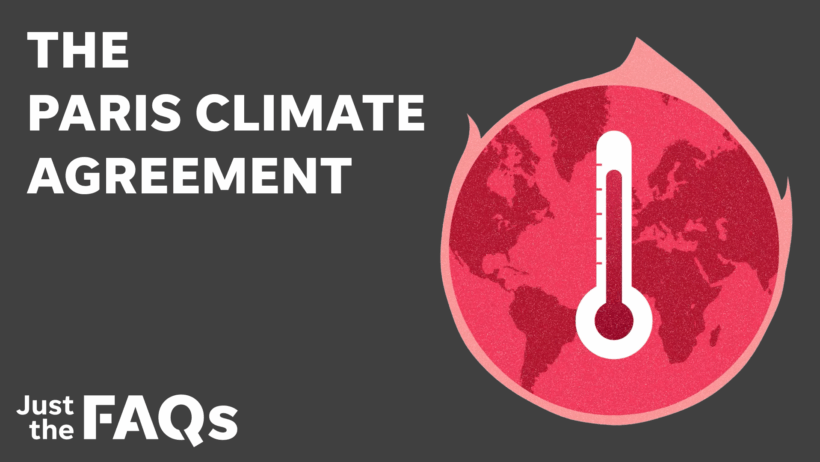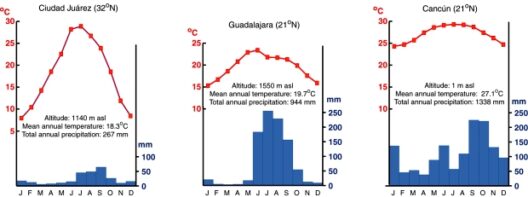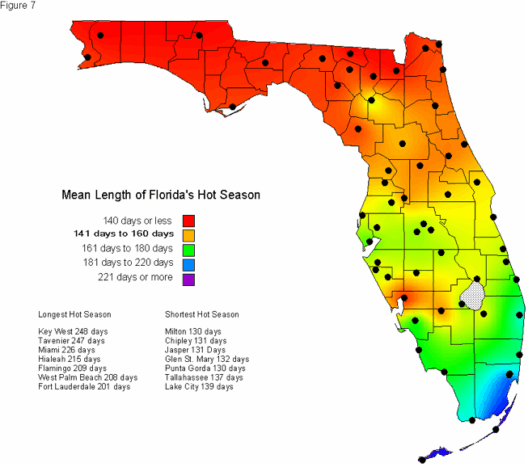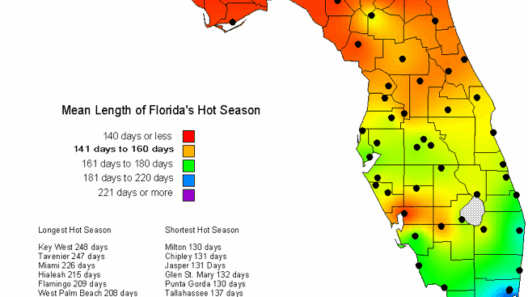The Paris Climate Agreement stands as a testament to humanity’s endeavors to confront the burgeoning specter of climate change. Enacted in December 2015, this landmark accord aims to unify countries in the multifaceted struggle against climate disruptions, advocating for a global reduction in greenhouse gas emissions. Analogous to a massive jigsaw puzzle, each participating nation contributes a unique piece, striving for a coherent image of a more sustainable world. However, while many perceive it as a beacon of hope, a faction of skeptics questions its efficacy. Understanding both sides of this intricate coin is essential for dissecting the true impact of the Paris Agreement.
First, let us delve into the merits of the Paris Climate Agreement, which has garnered nearly universal support. At its core, the agreement’s goal is to limit global warming to well below 2 degrees Celsius above pre-industrial levels, with aspirations to restrict the temperature increase even further to 1.5 degrees Celsius. This ambition encapsulates a recognition of the urgency to mitigate the catastrophic effects of climate change, such as extreme weather events, rising sea levels, and pollution, which threaten not only ecosystems but also human livelihoods.
The collaborative framework of the Paris Agreement allows countries to tailor their commitments to their specific capacities and circumstances. Known as Nationally Determined Contributions (NDCs), these self-imposed targets foster a sense of ownership among nations. Like a garden where each plant flourishes under personal care, this strategy motivates countries to innovate and invest in sustainable technologies. The flexibility inherent in the agreement encourages nations, particularly developing ones, to chart their own paths toward sustainability, recognizing the diverse challenges that member states face.
This decentralized approach not only promotes equity but also galvanizes the collective will to address climate change. When countries commit to transparently reporting their emissions and progress, a culture of accountability emerges. The periodic review mechanisms embedded in the agreement serve as catalysts for motivation, propelling parties to enhance their ambitions over time—akin to a relay race where each runner pushes harder to ensure their team wins.
Furthermore, the Paris Agreement encourages technological advancement and financial investment in renewable energy. Nations are increasingly recognizing the economic potential of transitioning to green technologies. The global shift toward solar, wind, and hydroelectric energy resources is not merely a reaction to climate change, but a proactive initiative that promises to create jobs, drive economic growth, and reduce reliance on fossil fuels. Envisioning this transition as a great technological renaissance is fitting, where innovation thrives on both challenges and opportunities.
However, despite these promising aspects, several criticisms have been leveled against the Paris Agreement, perpetuating a contentious debate. Skeptics argue that the voluntary nature of the NDCs may lead to insufficient action. With no stringent penalties for failing to meet commitments, some nations may undermine the very essence of the agreement. This has led critics to liken the Paris framework to a ship without a compass, drifting without clear direction amid turbulent seas.
Additionally, disparities between developed and developing nations spark contention. Critics contend that wealthier countries, having historically contributed a considerable share of greenhouse gas emissions, bear a greater responsibility for leading the charge in combating climate change while aiding developing nations financially and technologically. The perceived inequity in responsibilities has fostered disillusionment among some of the world’s poorest nations, who may feel sidelined in the global dialogue.
Another significant concern pertains to the reliance on market-based mechanisms, such as carbon trading and credit systems. Detractors argue that these practices can lead to a phenomenon known as “greenwashing,” where countries or corporations may present an illusion of progress while continuing to emit pollutants at unsustainable levels. Critics liken such tactics to painting over cracks in a crumbling façade instead of addressing the foundational issues at play. This serves as a warning that rhetoric alone cannot replace tangible actions needed to address climate change.
Moreover, the historical context surrounding the agreement complicates its reception. The withdrawal of certain powerful nations has led many to question the viability of global cooperation in the face of a crisis that affects everyone. The sentiment of betrayal among those dedicated to preserving the planet is palpable, as the fate of future generations hangs in the balance. The challenge lies in restoring confidence and rekindling a genuine commitment to the collaborative spirit on which the agreement was founded.
Ultimately, the Paris Climate Agreement represents a monumental step toward a collective response to climate change, illuminating the path forward even amid skepticism. It embodies both hope and complexity, serving as a vital framework for concerted action against an existential threat. The dichotomy of reactions to the agreement underscores the urgency of the climate crisis and the necessity for an inclusive and vigorous dialogue that propels us from stagnation toward a sustainable future. In this regard, every voice matters, and every piece of the jigsaw contributes to the grand mosaic of our planet’s salvation.
In conclusion, the Paris Agreement is a testament to what can be achieved when nations band together to tackle a common adversary. While challenges remain, it is imperative to fortify the tenets of cooperation, acknowledgment, and accountability. If we can navigate this intricate landscape with determination and resolve, we can indeed foster a world that thrives—one that honors both current and future generations.







